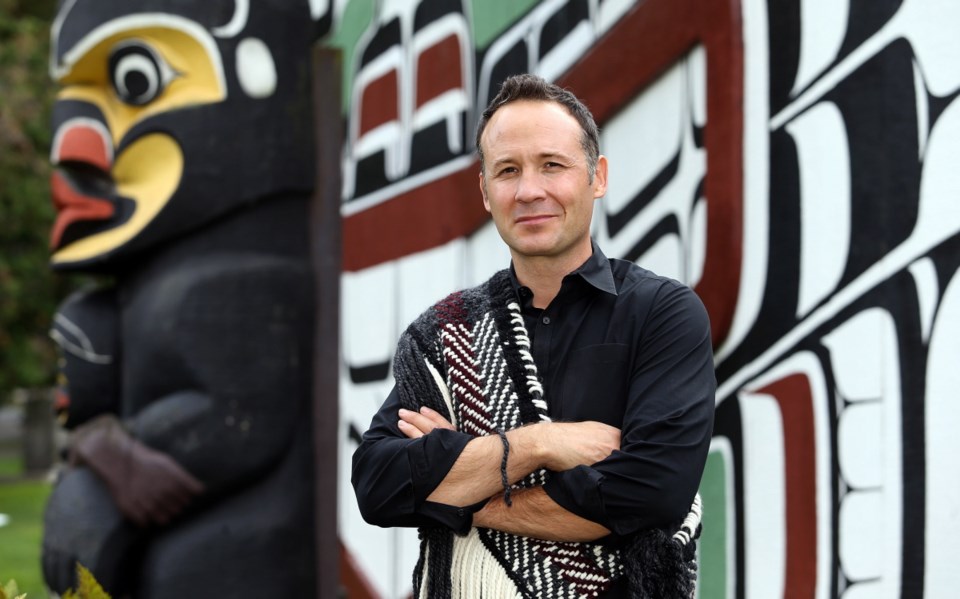An aboriginal tourism group has launched a branding program to identify art that is authentically native in an effort to bring more rewards from the sale of native art back to the native artists and communities that created it
The Authentic Indigenous Arts initiative by the Aboriginal Tourism Association of B.C. will use a three-tier process to identify, certify and protect native artwork in a bid to influence consumers and resellers to source authentic indigenous products.
“There’s been many a fortune made off the beauty, the vibrancy and uniqueness of our artwork, but not by us,” said Shain Jackson, who has spearheaded the effort.
Under the plan, which was five years in the making, artwork will be labeled in one of three tiers.
The first will denote work for which an artist was remunerated and the design protected.
The second is for work designed by an indigenous artist and distributed by an indigenous business, but manufactured by others outside the indigenous community.
The third tier is for products that bear the artwork of indigenous artists who have been fairly compensated and approved the final design, but that were not necessarily produced or distributed by indigenous companies.
The initiative is a great start, but has a huge mountain to climb, said renowned First Nations artist Tony Hunt.
“It’s a huge job to fix when you think about the millions of dollars being made by people reproducing native art with no signatures,” he said.
“In most cases, the artist has been paid for the design, but it’s gone to Taiwan, Korea and Japan and comes back as original works of art and that’s wrong.”
Hunt said art producers have been making millions after paying a relatively small sum for an artist’s design, while the artist gets no royalty. “And the problem has mushroomed — go down Government Street and you’ll see [stores] full of native art, none of it done by natives,” he said.
“This will start to help correct the issues of no-name designs, but it’s rampant.”
According to the Aboriginal Tourism Association, the sale of northwest coast art generates more than $100 million annually in Vancouver alone.
Maynard Johnny Jr., a Chemainus-based artist, said the initiative is about giving artists a fair shake.
“I believe it will make a big change for artists in terms of dealing with galleries and publishers — anyone who wants to use authentic native art,” he said. “In the past, so many places have taken our art forms and used them.”
For Johnny Jr., it’s more than just money at stake.
“What’s hard for us is this is who we are as people. It reflects our traditions and beliefs — what we create is part of who we are,” he said. “This will help people understand there is real, authentic native art and there’s made-in-Japan native art.”
George Taylor, director at the Aboriginal Tourism Association, said the initiative is about protecting artists and First Nations culture, by protecting design and eventually eliminating the knock-off market. “We will lose our artists with other people creating our art,” he said.
“They are being undercut and not getting their worth for the product. They have value and can’t afford to undercut themselves as they have to survive.”
Jackson, an artist and owner of Spirit Works, which specializes in authentic aboriginal art, said the work now is to get all indigenous artists to sign onto the program and have resellers and retailers buy in. B.C. is home to 900 indigenous artists.
Jackson said the branding scheme is a turning point for First Nations in terms of control and realizing the economic potential of art, as it allows artists to retain control of the original design.
“Art is a written language — our history, our world view, our culture, our laws are codified into these [media],” he said.
“If there is to be a true resurgence of indigenous culture in our communities, it will be because we protected the only hard copies, and that’s our art work.”



